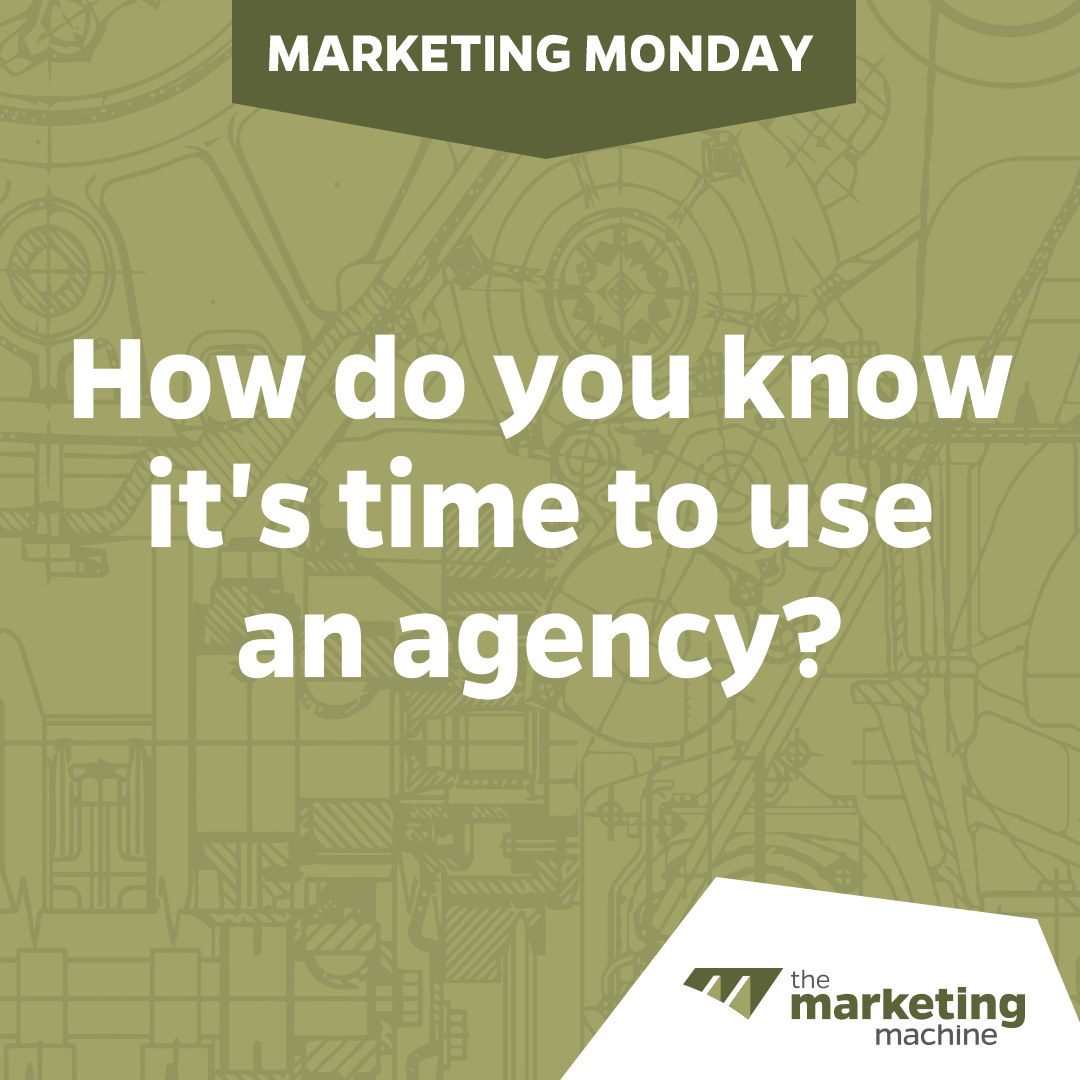In today's business landscape, effective marketing and creative services are vital for success. One crucial…
Selecting the Best Type of Email for Your Business
Small business owners who are new to email marketing sometimes feel overwhelmed or confused by how to choose the best email types to connect with their clients, and get results.
Faced with too many unknowns, they may hold back from leveraging this highly cost-effective, one-on-one communications and marketing channel—one that could become a major asset for building equity and visibility for their brand, nurturing their customer relationships, and growing their sales.
We’re here to help cut through the complexity. Let’s start by identifying the 5 main types of emails:
- Standalone (a.k.a. “Solo”), Designed: This email communicates one message, usually with a prominent image, headline and/or short paragraph, and clear call-to-action including a button to make the reader’s next step a no-brainer. It’s usually sent to a full list or segment of a list, versus to an individual. And it’s obvious that this is a corporate communication.
- Standalone/Solo, Plain Text: While still clearly a corporate communication, and usually sent to a full list/segment, this email type usually reads like a personal note from an individual. It may or may not have one message. It usually has its call to action embedded as a text link, and/or in one or more P.S.’s.
- Digital Flyers: A graphic-and-text email that promotes multiple products at once.
- Newsletter: A regularly-scheduled roll-up of updates, news, events, deals and/or content.
- Transactional: An event-triggered message, prompted by some type of interaction the customer has with the company: sign up, purchase, return, inquiry, complaint, etc. Although similar to Standalone emails, the main difference is that both timing and content is completely custom to the individual recipient’s transaction or situation.
In these descriptions, you can probably start to see the differences between various types of emails. And the truth is, there’s no single “best” email type overall; there’s not even a best one for any specific type of business.
So how to decide? Like so many marketing moves, your selection is best driven by your objectives. Here is a quick overview of how different email types can fit with the various objectives you might have.
Best email types to serve your business objectives
If your objective is to Nurture Leads—Standalone/Solo emails are a strong choice. As your email program evolves, Transactional emails, triggered by pre-determined sales pipeline stages, may be useful as well. Either way, you’ll be assisting your leads further along your sales pipeline with emails that:
- Inform and educate, while nurturing budding relationships;
- Drive website traffic to encourage more awareness, interaction, or sales;
- Invite conversation, questions, or feedback;
- Gather information from leads to inform further business decision making.
If your objective is to Make Sales—focus on Standalone/Solo emails or Digital Flyers.
- Sell or promote one or more specific product(s), service(s) or special(s).
- What about using a Newsletter? Newsletters are ideal when you have several categories of information to share. Topics might include: tips, events, specials, excerps from your blog, curated links (from other resources) that readers would find valuable and reinforce your company as a valuable resource. Including items you want to sell in a newsletter is fine, but typically response is lower, so if this is an important goal, this shouldn’t be your primary email type.
If your objective is to grow Customer Experience—choose Standalone/Solo emails and Transactional ones. Think about each phase in your customer journey:
- Welcoming, onboarding, and/or delighting customers;
- Educating and inspiring customers to discover new ways to expand involvement (usage, upsells, cross-sells, etc.);
- Revealing more about your brand and team to build the know-like-trust factor;
- And of course, keeping customers informed about existing transactions, updates, and important company news.
If your objective is to Maintain Visibility—any of the email types can play a role.
- Ultimately, visibility is about keeping your brand top of mind—in a positive way—among prospects and customers alike so they’re less vulnerable to competitive appeals (and more likely to do business with you).
Email is a seriously effective means of communicating with your audience, and as a sales and marketing tool, it’s certainly worth taking the time to assess how it can fit into your plans. It’s also one of our main areas of expertise, so we’d be glad to help you get your email marketing underway.


